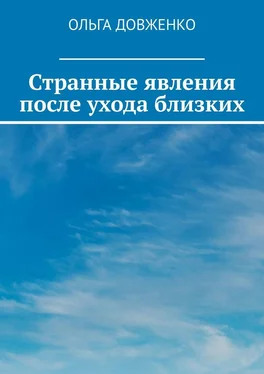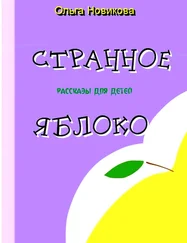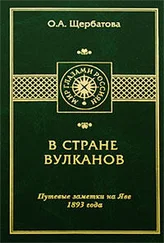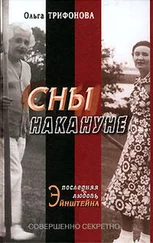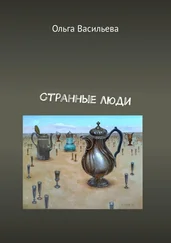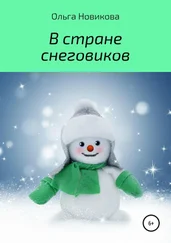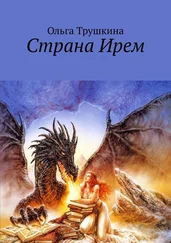Не сомневаюсь, что есть рациональное объяснение образованию отверстия в шарике, особенно с учетом того, что оно, зародилось в месте соприкосновения двух рисунков, а, следовательно, натяжение латекса в этом месте было максимальным. Но при всех рациональных объяснениях этого факта я хотела бы обратить внимание на момент, когда непосредственно произошло сдувание шарика. Шарик мог сдуться если не постепенно, то также одномоментно, но в любое другое время: раньше или позже того дня и часа, когда это сдувание произошло. Кроме того, сдувание шарика могло бы случиться на каких-то других кадрах, когда не звучала бы конкретно эта композиция («Я теряю корни») со словами, которые по смыслу соотносились с сыном, ведь видеозапись была продолжительной и длилась около 45 минут, а не состояла исключительно из момента, когда звучала эта композиция.
Конец ознакомительного фрагмента.
Текст предоставлен ООО «ЛитРес».
Прочитайте эту книгу целиком, купив полную легальную версию на ЛитРес.
Безопасно оплатить книгу можно банковской картой Visa, MasterCard, Maestro, со счета мобильного телефона, с платежного терминала, в салоне МТС или Связной, через PayPal, WebMoney, Яндекс.Деньги, QIWI Кошелек, бонусными картами или другим удобным Вам способом.
Gurney, E., with Myers, F.W.H. (1889). On apparitions occurring soon after death. Proceedings of the Society for Psychical Research, 5, 403—485.
Sidgwick, H., Sidgwick, E., & Johnson, A. (1894). Report on the census of hallucinations. Proceedings of the Society for Psychical Research, 10, 25—422.
Sidgwick, H., Sidgwick, E., & Johnson, A. (1894). Report on the census of hallucinations. Proceedings of the Society for Psychical Research, 10, 25—422.
Фламмарион, К. Неведомое / К. Фламмарион; пер. с фр. яз. М.: Рипол Классик, 2001. – 256 с.
Rees, D. (1971). The hallucinations of widowhood. British Medical Journal, 4, 37—41. URL: http://dx.doi.org/10.1136/bmj.4.5778.37
Burton, J. (1980). Survivors’ subjective experiences of the deceased (Unpublished doctoral dissertation). International College, Los Angeles, CA.
Stevenson, I. (1983). Do we need a new word to supplement «hallucination»? American Journal of Psychiatry, 140, 1609—1611.
Osis, K., & Haraldsson, E. (1977). Deathbed observations by physicians and nurses: A cross-cultural survey. Journal of the American Society for Psychical Research, 71 (3), 237—259.
K. Osis and E. Haraldsson, At the Hour of Death, 2-nd Edition, Hastings
House, New York, 1986.
Human Values Study, Social Surveys (Gallup Poll) Ltd., London, unpublished tabulations, undated.
Guggenheim B, Guggenheim J. Hello from Heaven! A New Field of Research, After- Death Communication, Confirms that Life and Love are Eternal. New York, NY: Ban- tam Books; 1995.
Haraldsson, E. (1988). Survey of claimed encounters with the dead. Omega: Journal of Death and Dying, 19, 103—113.
Erlendur Haraldsson (2009). Experiences of Encounters with the Dead. 337 new cases. Journal of Parapsychology, 73, 91—118.
MacDonald, W. S., & Oden, C. W. (1977). Aumakua: Behavioral direction visions in Hawaiians. Journal of Abnormal Psychology, 86 (2), 189—194.
Matchett, W. F. (1972). Repeated hallucinatory experiences as part of the mourning process among Hopi Indian women. Psychiatry, 35, 185—194.
Smith, J., & Dunn, E. V. (1977). Ghosts: Their appearance during bereavement. Canadian Family Physician, 23, 121—122.
Hoyt, M. F. (1980). Clinical notes regarding the experience of «presences’ in mourning. Omega 11 (2), 105—111.
Glick, I. O., Weiss, R. S., & Parkes, C. M. (1974). The first year of bereavement. New York: John Wiley & Sons.
Malinak, D. P., Hoyt, M. F., & Patterson, V. (1979). Adults’ reactions to the death of a parent: A preliminary study. American Journal of Psychiatry, 136 (9), 1152—1156.
Conant, R. D. (1996). Memories of the death and life of a spouse: The role of images and sense of presence in grief. In D. Klass, P. R. Silverman, & S. L. Nickman (Eds.), Continuing bonds: New understandings of grief (pp. 3—27). London: Taylor & Francis.
Normand, C. L., Silverman, P. R., & Nickman, S. L. (1996). Bereaved children’s changing relationships with the deceased. In D. Klass, P. R. Silverman, & S. L. Nickman (Eds.), Continuing bonds: New understandings of grief (pp. 3—27). London: Taylor & Francis.
Bennett, G. (1999). Alas, poor ghost! Logan, UT: Utah State University Press.
Wright, S. H. (1999). Paranormal contact with the dying: 14 contemporary death coincidences. Journal of the Society for Psychical Research, 63 (857), 258—267.
Bennett, G., & Bennett, K. M. (2000). The presence of the dead: An empirical study. Mortality, 5 (2), 139—157.
Drewry, M. D. (2003). Purported after-death communication and its role in the recovery of bereaved individuals: A phenomenological study. Proceedings of the Academy of Religion and Psychical Research, 74—87.
Bennett, K. M., Hughes, G. M., & Smith, P. T. (2005). Psychological response to later life widowhood: Coping and the effects of gender. Omega, 51 (1), 33—52.
Parker, J. S. (2005). Extraordinary experiences of the bereaved and adaptive outcomes of grief. Omega, 51 (4), 257—283.
Callanan, M., & Kelley, P. (1992). Final gifts: Understanding the special awareness, needs, and communications of the dying. New York: Bantam Books.
LaGrand, L. E. (1997). After death communication: Final farewells. St. Paul, MN: Llewellyn.
LaGrand, L. E. (1999). Messages and miracles: Extraordinary experiences of the bereaved. St. Paul, MN: Llewellyn.
Читать дальше
